As I was drafting this post, I thought about the fact that weekend reading has become such a special routine for me. I’m an early riser, and on Sunday mornings, while Steven is still sleeping, I’ll sit by the window in our apartment, sipping coffee, reading articles, and gazing at recipes from food bloggers across the web. It gives me a chance to collect my thoughts as the weekend winds down, to catch up on health and wellness news, to think about content that might enrich the blog, and to gain some culinary inspiration. I love it. Here’s where my eyes landed this weekend.
Rise n’ shine to these coconut, blueberry, and spelt scones via Food52. Nailing down perfect texture in vegan scones isn’t the easiest task, and this recipe seems to have gotten it just right. I’d imagine that they smell incredible, too!
This bok choy salad with sesame almond crunch from Alexandra Cooks is a simple appetizer/side dish that nevertheless has a lot of creative flair. Love the idea of a crunchy topping for the tender greens.
The original recipe for this colorful, hearty sweet potato hash from Cookin’ Canuck calls for Greek yogurt in the avocado cream, but you could easily substitute any vegan yogurt or cashew or coconut cream instead. What a delicious breakfast or brunch to wake up to, and it would be equally good as a dinnertime side dish.
Edited to add: My reader Amy noticed that this recipe contains bacon — can’t believe I missed that! I’d suggest replacing it with tempeh bacon, eggplant bacon, or coconut bacon 🙂
I’m all about grain salads, and this cauliflower salad with chickpeas, baby kale, lemon, and toasted buckwheat from Jennifer at Delicious Everyday is a total showstopper. So much texture here, especially the contrast of crunchy buckwheat and caramelized cauliflower. Yum.
For dessert, Sophie of Wholehearted Eats caught my attention with “easy vegan pastry.” These beautiful berry galettes are a perfect vegan summertime dessert, and they look surprisingly simple to prepare.
Reads
1. “It’s said that in the old deaf boarding schools, the ones that didn’t allow Sign, the students would wait deep into the night for their moment, feigning their dreams until the teacher was satisfied that they were asleep. Only after she stood from her rocking chair, after they smelled the snuffed candles, felt the door open and re-latch, after they waited the memorized beats of a descent of stairs—only then would they open their eyes, let them adjust to the darkness, lift their hands from beneath their blankets and begin to sign. It was here, in the darkness, that the language lived and grew.
This history is lore—no one has ever remembered it to me personally—but it’s hard to doubt that it happened. Between the mid-nineteenth and mid-twentieth centuries, Sign was routinely forbidden in deaf schools, educators and philanthropists believing that it marked the deaf, that it kept them apart from society, and that it stood in the way of learning English. Students spent their educations learning to speak and lipread. If they tried to use their hands, they were punished.”
So begins Katie Booth’s remarkable article about Sign language and its complex history in America. The article, published in Vela Magazine, is deeply personal: part memoir, part history. The members of Booth’s maternal grandmother’s family carried a recessive genetic strain of deafness. In spite of the fact that Booth, her mother, and her sisters were born hearing, they all learned Sign at a young age. Over time, Booth lost the capacity for signing, and she writes about this loss in the context of Sign’s struggle to survive throughout the early and mid 20th Century. Booth describes efforts to shut sign language down in deaf schools, to wipe it out and encourage lip reading and speech in its place. She also describes how the Deaf Pride movement of the 1980s demanded Sign back. Booth uses her grandmother’s experience as a young woman who was denied Sign as illustration of this complex history. The article is probing and nuanced, and very worth reading.
2. Another brave, personal article: Jaime Lowe’s meditation on lithium and her relationship with it in the New York Times Magazine. The article is as much about Lowe’s 20-year struggle with bipolar disorder as it is about the ways in which lithium has ensured her ongoing health and stability. Now, Lowe’s kidneys are damaged, an uncommon but not rare side effect of prolonged use of the drug. There are alternatives, but Lowe is understandably fearful, given that going off lithium has led directly into manic episodes in the past. The choice of how to proceed feels far from clear; she writes,
“It doesn’t really feel like an obvious choice; it just feels like two bad options. Switching meds might mean the return of cornrowed, Eminem-obsessed Jamya and many seasonal gourds. Yet tubing up and cleansing my blood until I get a stranger’s kidney quilted into the rest of my insides is hardly more appealing. Test results indicate that my kidneys are working about half as well as they should; Maria DeVita, a nephrologist at Lenox Hill Hospital, told me that if I am to switch to preserve the kidney function I have left, ‘‘the time to strike is now.’’
When I start tapering off lithium a month or two from now, Schwartz will prescribe Depakote, a medicine used to treat bipolar disorder as well as seizures and migraines. The only way to know whether it works is if I don’t have a manic episode. And the idea of waiting for that terrifies me. My boyfriend of three and a half years doesn’t know what I’m like when I’m manic. There’s nothing that I can say that will prepare him. If it happens again, I’m worried I’ll run off and ride the rails or that I’ll be accidentally unfaithful or that I’ll insist on wearing metallic unitards and Mexican wrestling masks or that, worst of all, I just won’t be me, and he won’t be able to remember who I am or that I’m in there somewhere. I worry that without lithium I will lose my job, my partner, my home, my mind … because I’ve been through all this. I don’t believe in God, but I believe in lithium.”
It’s an interesting and courageous essay, which also includes snippets from Lowe’s journey to the world’s largest reserve of lithium, in Bolivia (pictured above).
3. Moises Velasquez-Manoff has an interesting op-ed on gluten in The New York Times. It’s not a simple opinion piece of whether or not gluten avoidance is necessary, though it sort of begins that way. Velasquez-Manoff’s primary point is that fixation on one particular protein–gluten–is perhaps diverting our attention away from broader inquiries about why autoimmune diseases and allergies are on the rise overall. I’m not sure I agree that folks who are curious about the impact of gluten aren’t also quite curious about immunity overall–in my experience, they are. But I agree that our attempt to understand celiac disease and the phenomenon of gluten intolerance are necessarily intertwined with much bigger questions about what is happening to our immune systems.
Velasquez-Manoff also mentions an interesting theory, which is that autoimmune disease may, like a few other illnesses, confer some sort of genetic advantage. The famous example of this sort of “tradeoff” is sickle-cell anemia: individuals who have a copy of the mutated gene for this trait from one parent become carriers, and they are also have a protective advantage against malaria. Those who inherit the mutation from both parents develop sickle cell anemia, which has grave consequences. Velasquez-Manoff cites the work of Dr. Luis B. Barreiro, who has suggested that a greater predisposition to autoimmune disease may have increased as a protective mechanism against crowding, farming, and animal husbandry, which exposed human beings to more pathogens in close quarters. The author paraphrases, “In essence, humanity’s growing filth selected for genes that increase the risk of autoimmune disease, because those genes helped defend against deadly pathogens. Our own pestilence has shaped our genome.”
There are many theories circulating about why our immune systems seem to be becoming more sensitive, but this one was new to me, and it’s certainly compelling.
4. From WIRED, the story of one father’s desperate attempt to contain his 11-year-old-son’s epilepsy. The author’s son, Sam, has what’s known as “absence epilepsy”; rather than having the grand mal seizures that many of us associate with epilepsy, he seems to slip out of consciousness for a brief moment. “When Sam’s seizures are uncontrolled,” the author, Fred Vogelstein, writes, “he can have between 10 and 20 episodes an hour. That’s one every three to six minutes and sometimes more than 100 a day.”
The article details how Vogelstein and his wife read about a cannabis-derived medication that can help to control epilepsy, and the legal, logistical, and economic struggles they encountered to secure the remedy for their son. It’s very heartfelt, and a moving expression of a father’s deep desire to deliver his son a fuller, safer life.
5. Finally: many of you probably saw this post from the MFA blog, which shares the news that, according to the USDA’s livestock slaughter report, 400 million fewer animals were slaughtered in 2014 than in 2007. This is remarkable and worth celebrating. It’s easy to feel discouraged sometimes, as though no amount of activism for animals or efforts to share a plant-based lifestyle are making a difference. But they are. To the 400 million souls who have been spared an unspeakably cruel fate, they have made all of the difference in the world.
So: to the many of you who are making efforts to exercise compassion and mindfulness in toward animals in your food choices, keep it up. Keep up the Meatless Mondays. Keep bringing vegan dishes to potlucks and gatherings. Keep sharing your food and perspective with friends and loved ones. Keep staying informed and inspired. No matter how big the challenges seem, no matter how many times you may encounter a skeptical attitude or words of criticism, keep it up. You are making a difference. It’s working.
On that note, I wish you a great Sunday!
xo
You might also like
My current internship rotation is a pretty big departure from the last one. It’s outpatient nutrition counseling at a community health center with multiple locations around the city; I’m splitting my time between Harlem, Chelsea, and the Bronx. The work is nearly all diabetes management, with some weight management and general nutrition guidance thrown in. The work often feels repetitive, and in some ways I miss the intensity and variety of intellectual challenges that I had working in the hospital this fall. But…
I brought a lot of food writing with me to Prague, including Julia Child’s My Life in France, Molly Wizenburg’s A Homemade Life, and Laurie Colwin’s Home Cooking, which I’ve read plenty of times, but could probably revisit indefinitely. I also read Jenni Ferrari-Adler’s essay collection Alone in the Kitchen with an Eggplant, which is a compilation of reflections on cooking for oneself. I’d read excerpts from the book a long time ago, and I was excited to revisit it in the context…
Happy Saturday, everyone. I’m happy to see that the slow cooker chili was a hit (a few folks have already let me know, via Instagram and FB, that they made it, and they seem to have loved it as much as I have). I’ll definitely be posting more slow cooker recipes in the coming year, as that kitchen appliance is quickly becoming a grad school lifesaver! (And I’ll always try to give a stovetop version of things, too). By the way, if you make…
It’s been an unusually hectic week around here, the first in a long time that had me running around without a pause. That kind of pace was much more of a norm for me a few years ago, right before and during my post-bacc, and it’s something I took conscious steps to disentangle myself from when my anxiety got really bad. I’m glad I’ve distanced myself from that particular craziness, but life is life, and chaotic spells are inevitable. I do my best…


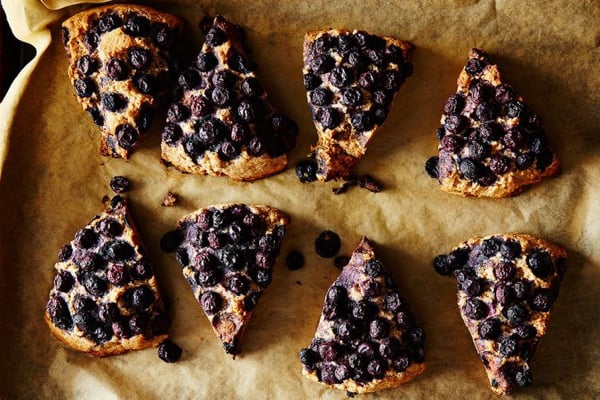
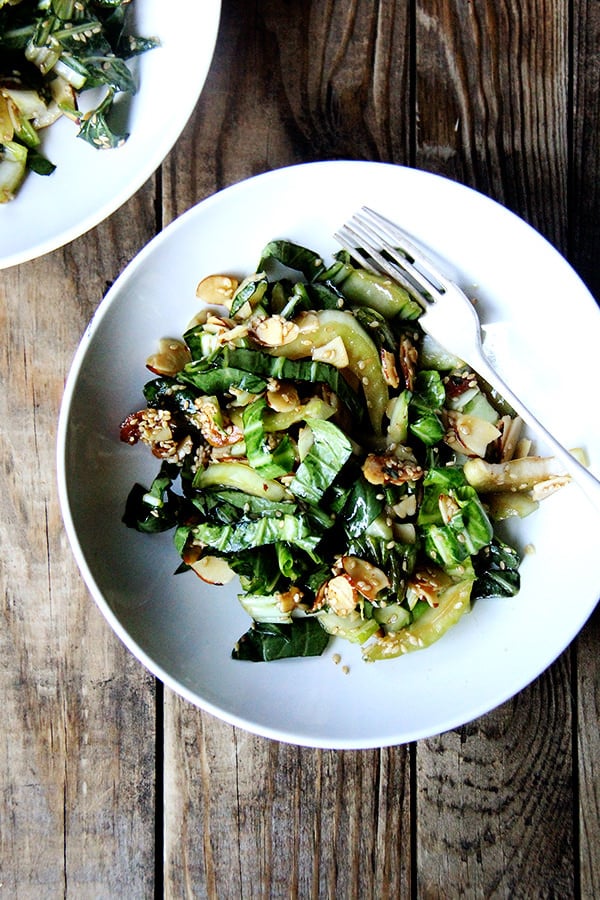
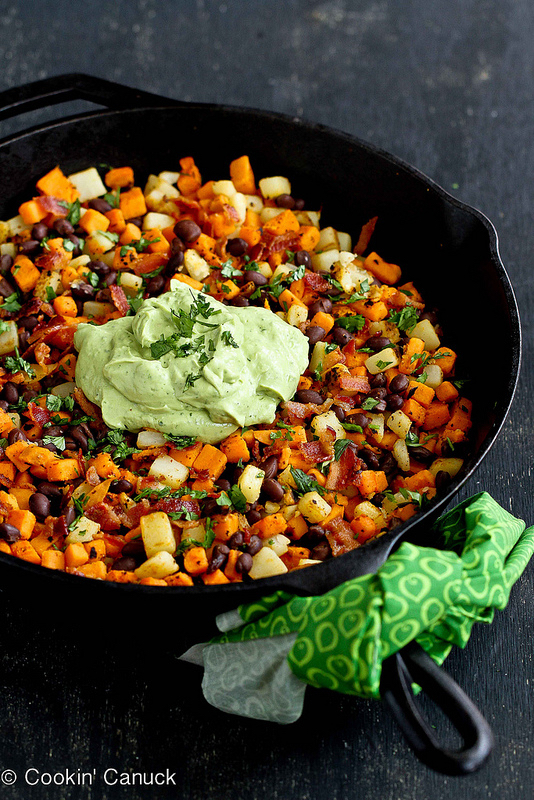
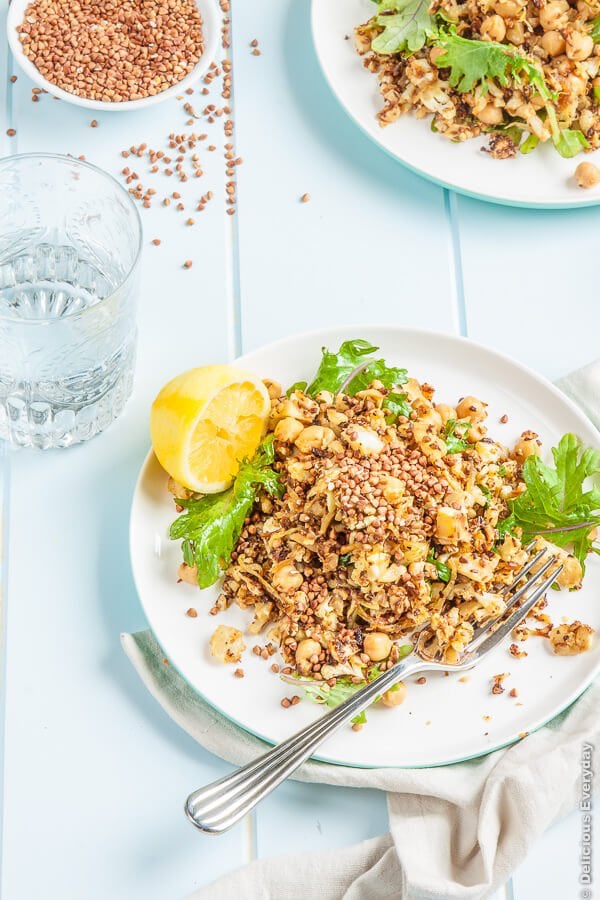
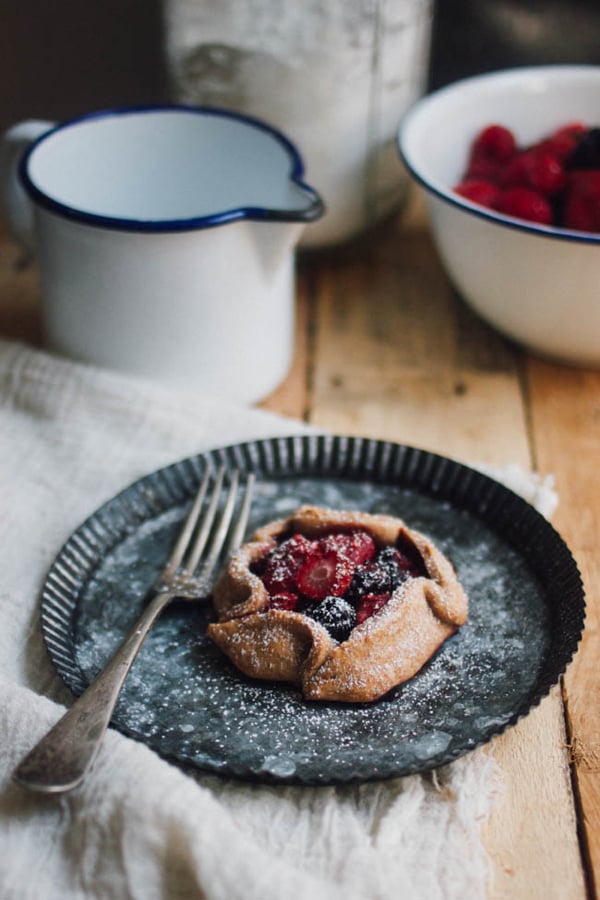
Leave a Comment
Going to check out a few of these- FYI I noticed that the sweet potato hash you posted contains bacon, I’m sure you missed it but thought you’d like to know!
Can’t believe I missed that! Thanks for pointing it out, Amy , I really appreciate it. I’m going to edit the post to add a little note to replace it with tempeh or coconut bacon 🙂
That’s a lot of articles … good thing I work for myself, as I can make the time to read these essays!
Hi Gena,
I’d read the gluten article too. So interesting.
Thanks too for finding that bok choy recipe. So making that this week!
The bok choy looks so tasty. Hope you enjoy it, Kimberly!
Always love seeing your week in review picks. Saw this one and was moved. Figured it was Gena appropriate with the whole nature vs nuture debate: http://www.nytimes.com/2015/07/12/magazine/the-mixed-up-brothers-of-bogota.html
Great minds think alike, Janet! This one is bookmarked for next week’s roundup 🙂 Thanks for sharing it — such an amazing story.
Really interesting reading choices! I was reading the excerpt you picked from the epilepsy article and thought it sounded familiar. Once I started to read it, I found out why, I’ve read his previous article about how is son went on the high fat diet to help manage his epilepsy.
The theory on gluten-free living is an interesting one. But I am sure there are tons of factors going on. Diet I think is a big one. As the author mentioned briefly at the end of the article our high fat, high sugar diets aren’t helping. I know a few gluten-free people who haven’t “tested” themselves officially (and I get can be really expensive) and I look at what they eat and think surely there is more going on than just “gluten problems.” When working in a restaurant, I would find myself struggling with conversations with people about gluten-free diets. Most people seemed to only have half of a nutritional story, and I can see why so many people think gluten-free living is a big sham. But then I read blogs with intelligent people with great dialogue.